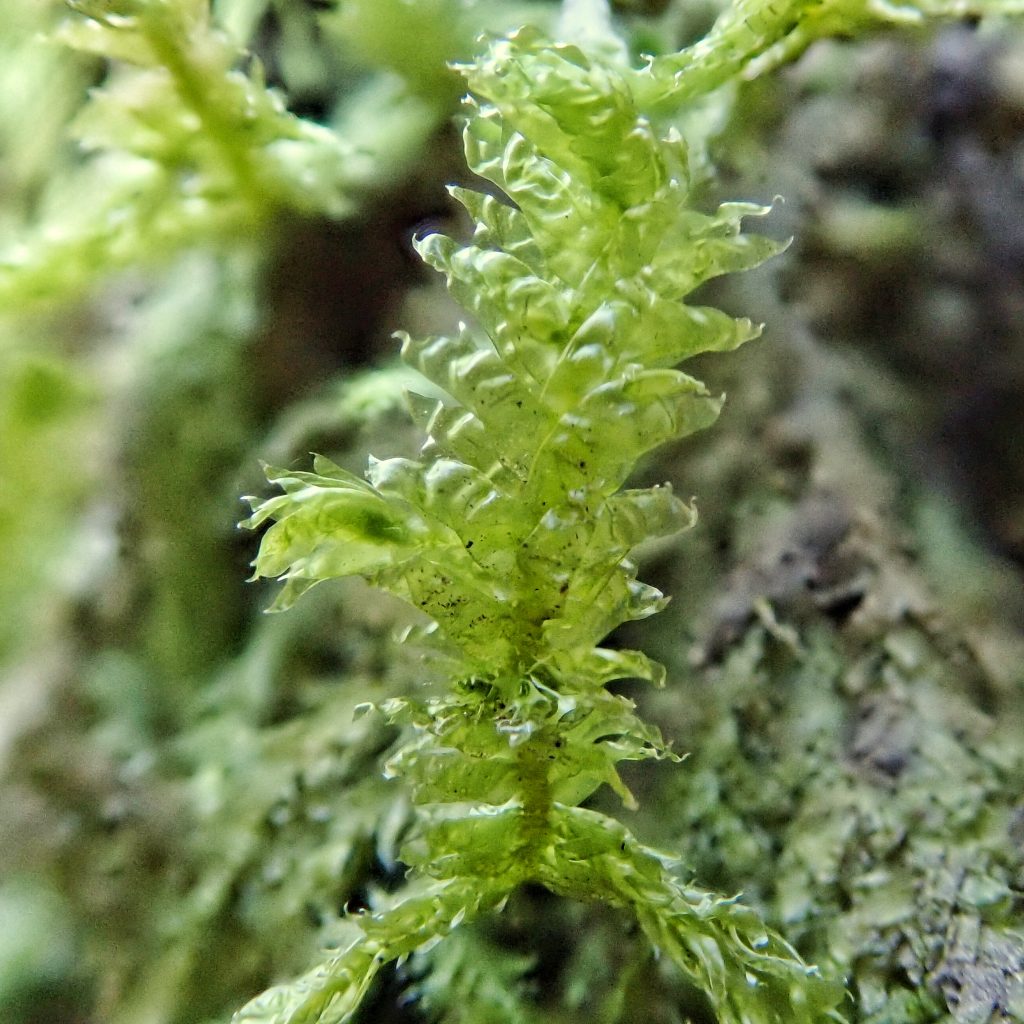
This is the other common Neckera of our mesic forests, often forming large and dense mats on trees. It is easy to find, instantly recognizable as to genus, straightforward to identify to species, and beautiful to look at closely, even without magnification. What’s not to love?
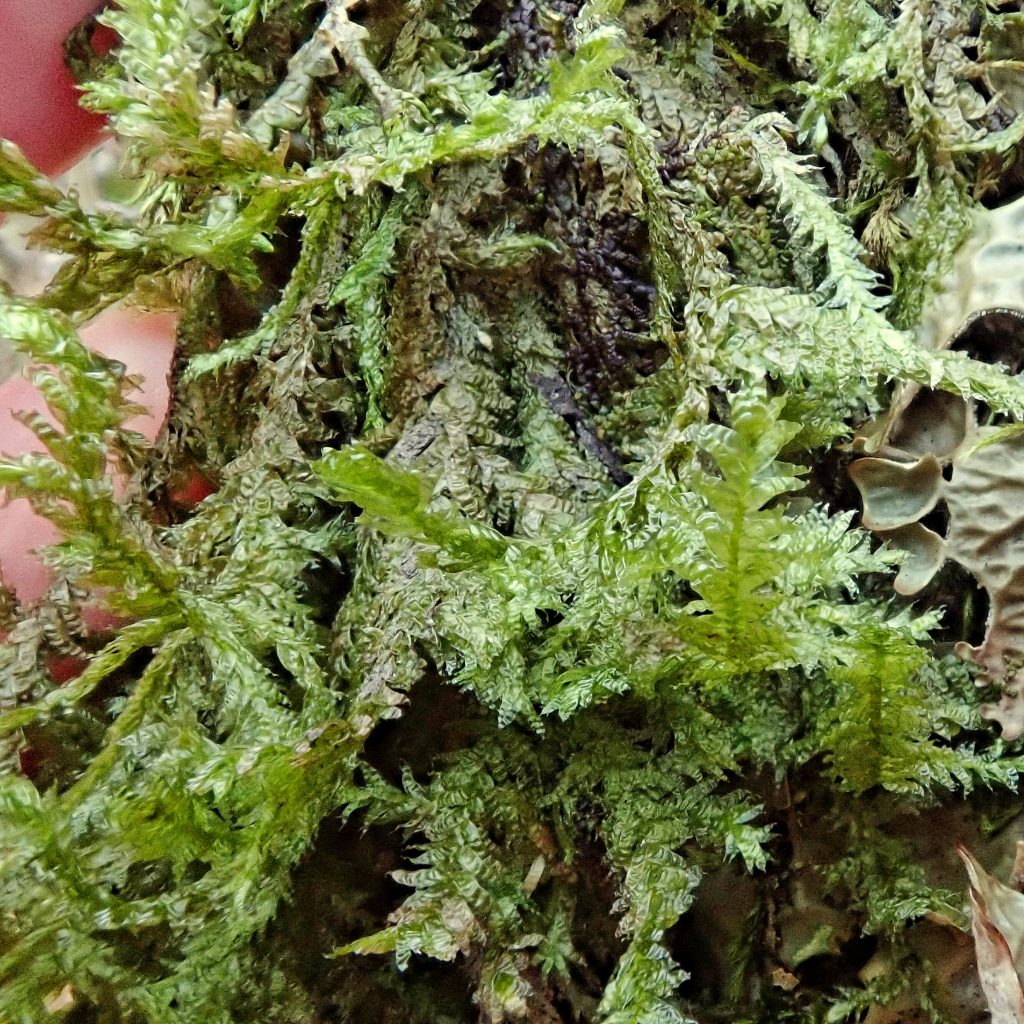
It is less likely to be found on conifers or rock than the superficially very similar Neckera menziesii. With a hand lens it is actually quite easy to find the strongly dentate, recurved teeth on the gradually narrowing leaf apex, a characteristic that is diagnostic for this species.
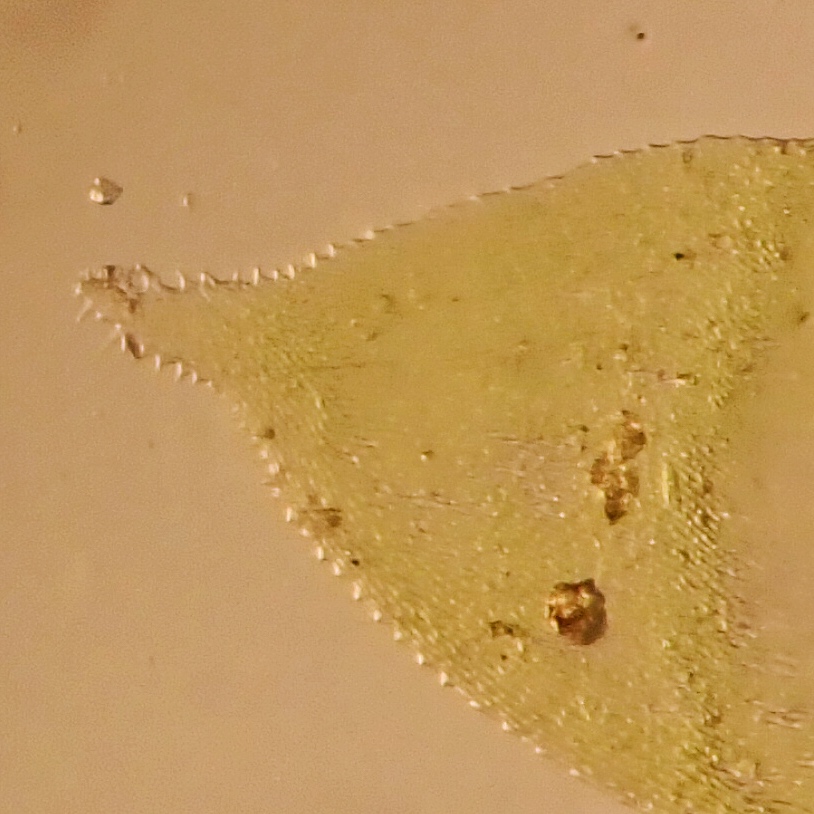
Neckera spp are very glossy when wet, and have a beautiful geometric aspect with those complanate and undulate leaves, and that compelling, symmetrical fractal feel is just increased by the gradually tapering leaves of Neckera douglasii. So, do yourself a favor the next time you are in a forest, and look for Neckera douglasii and Neckera menziesii. Your spirit will thank you for it.
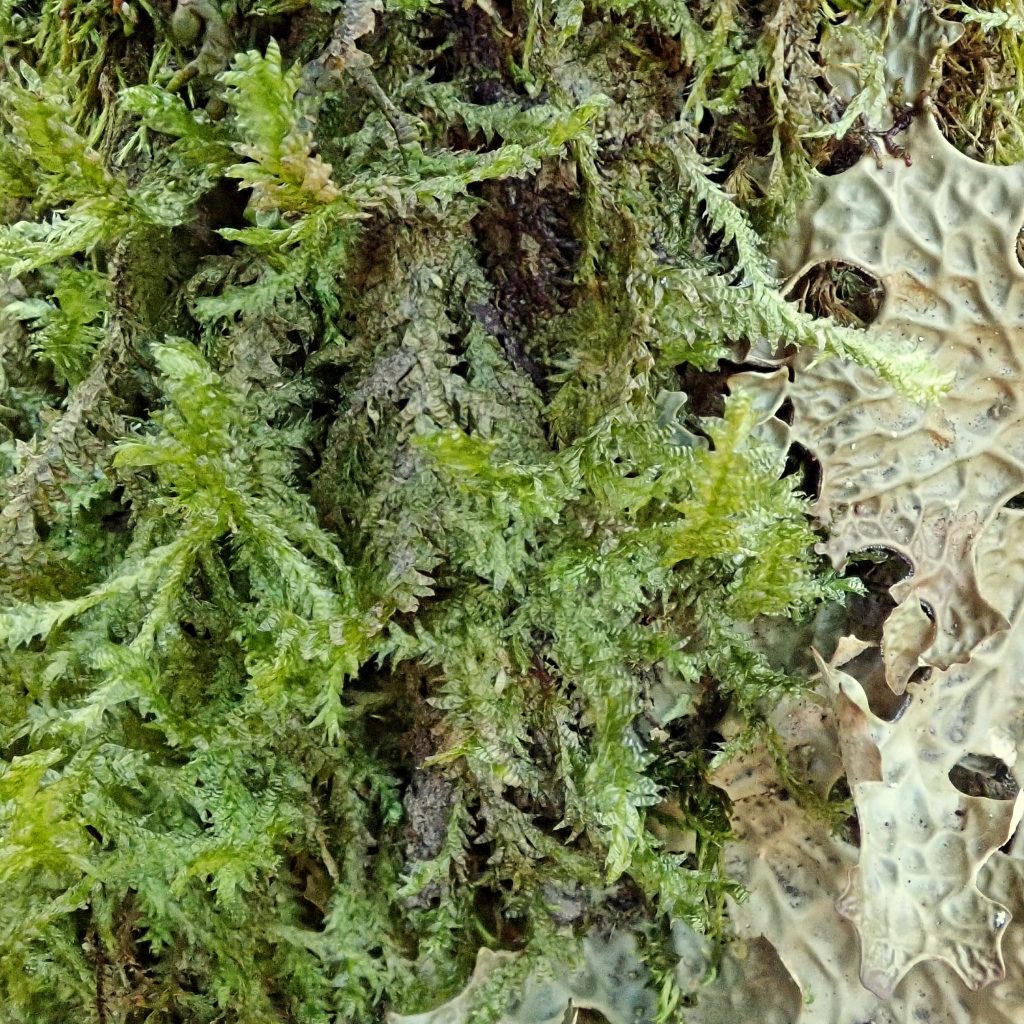
Description-Forms large mats on trees; shoots long, irregularly branched, lacking paraphyllia; leaves complanate with transverse undulations, lanceolate, gradually narrowing to a point, with strong, recurved teeth at the apex; costa short and doubled or lacking.
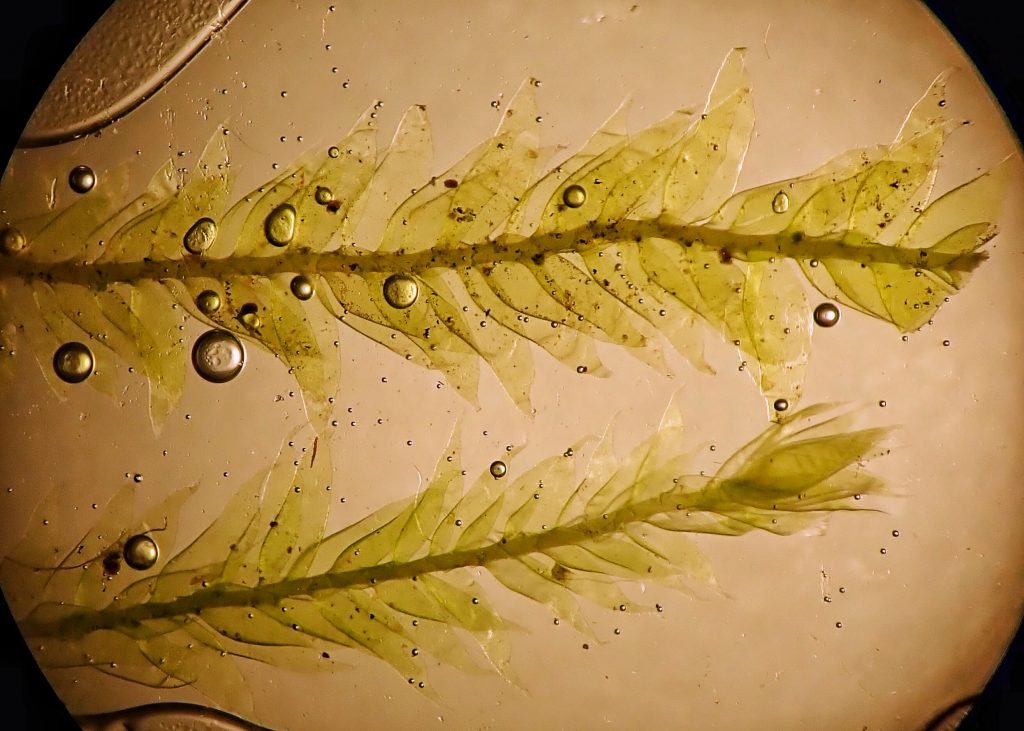
Similar species– No other genus has complanate leaves with transverse undulations; Neckera menziesii has a single, fairly long costa, paraphyllia on its stem, and a rounded leaf tip that is sparsely and finely toothed; N. pennata is barely toothed at the leaf tip, is usually found on rocks at middle to high elevations, and is found in dryer climates.
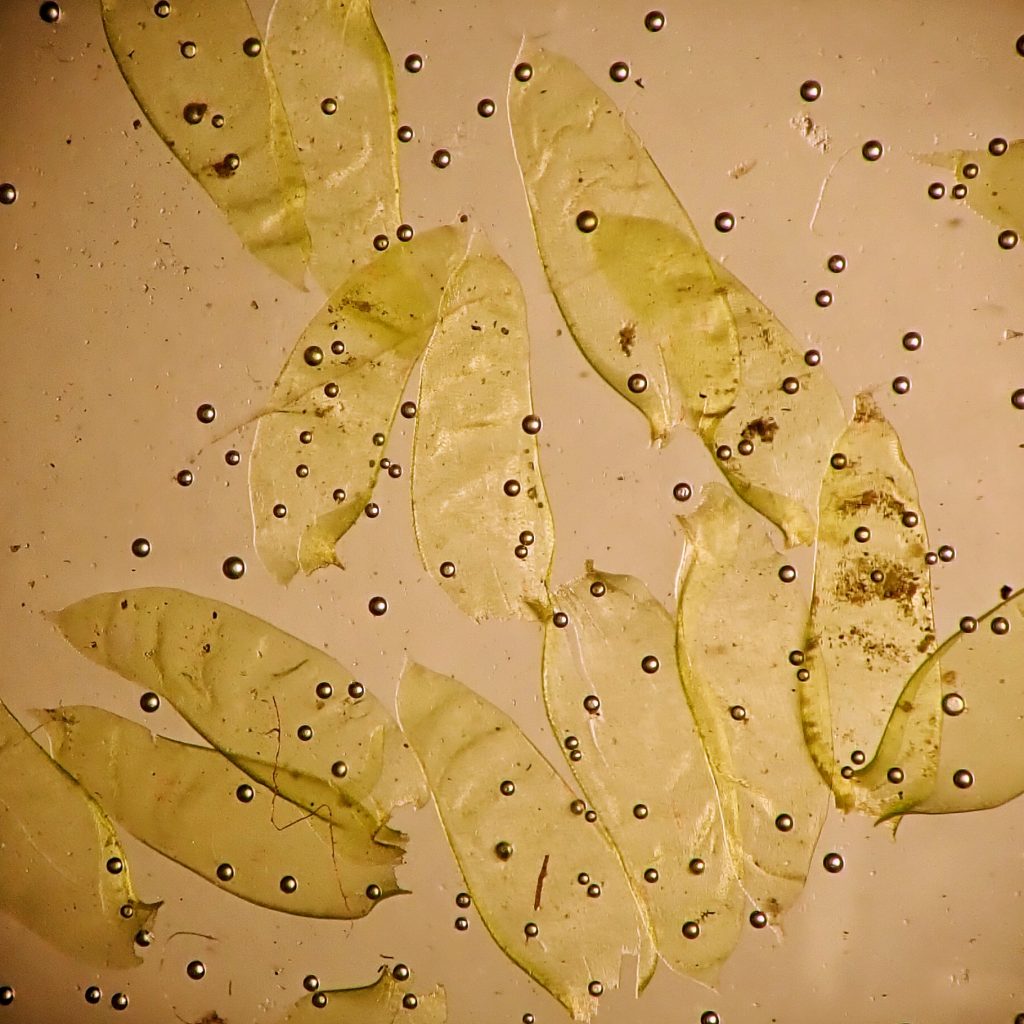
Habitat– Mesic forests; epiphyte, mostly on deciduous trees, stumps, and logs; Rarely found on rock. Occupies virtually the same habitat as Neckera menziesii.
Range-Mostly west of Cascades in our region. Also found in mesic forest in Idaho and Montana.
Etymology of names-The genus is named for Noel Martin Joseph de Necker, 1730-1793, a French physician and botanist, who was influential in the early study of mosses and fungi. The species epithet honors David Douglas (1799-1834), a Scottish botanist and explorer.
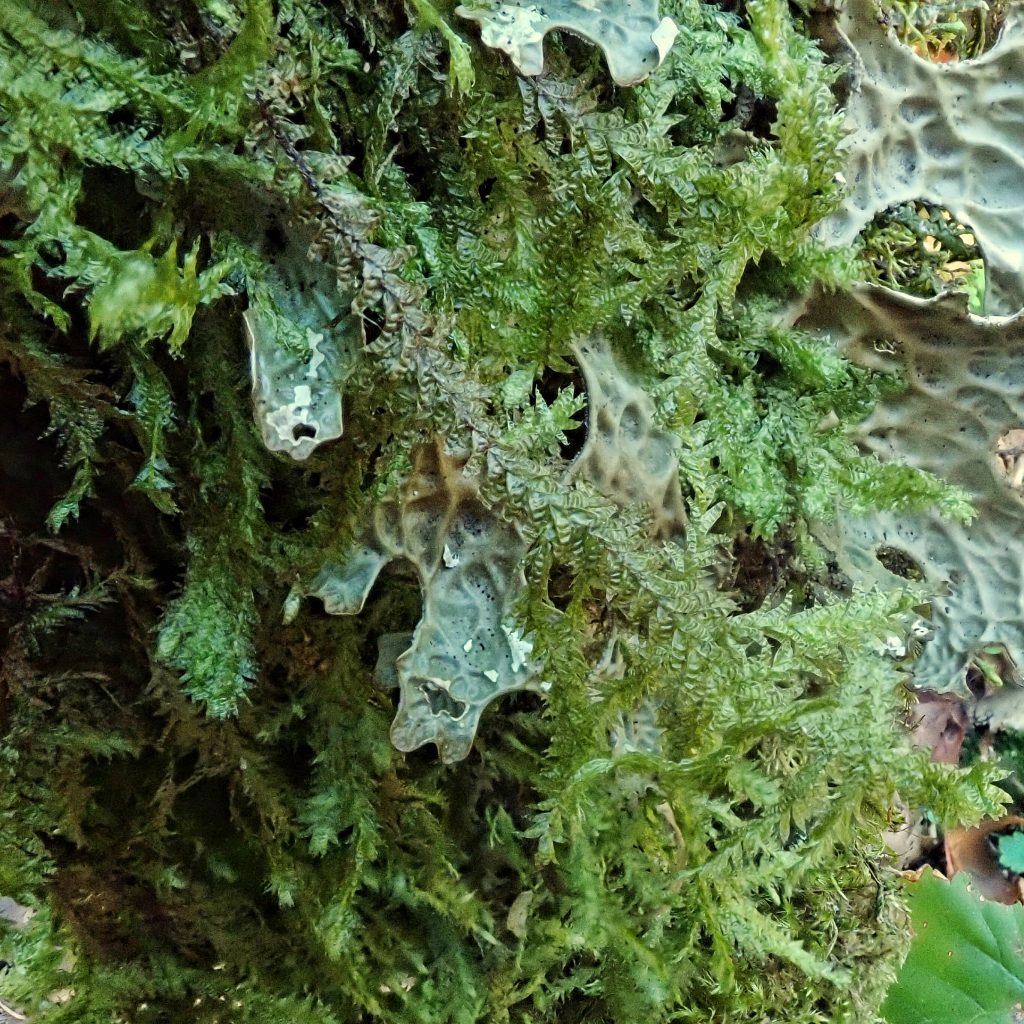
http://www.efloras.org/florataxon.aspx?flora_id=1&taxon_id=250099222
http://fieldguide.mt.gov/speciesDetail.aspx?elcode=NBMUS4W020
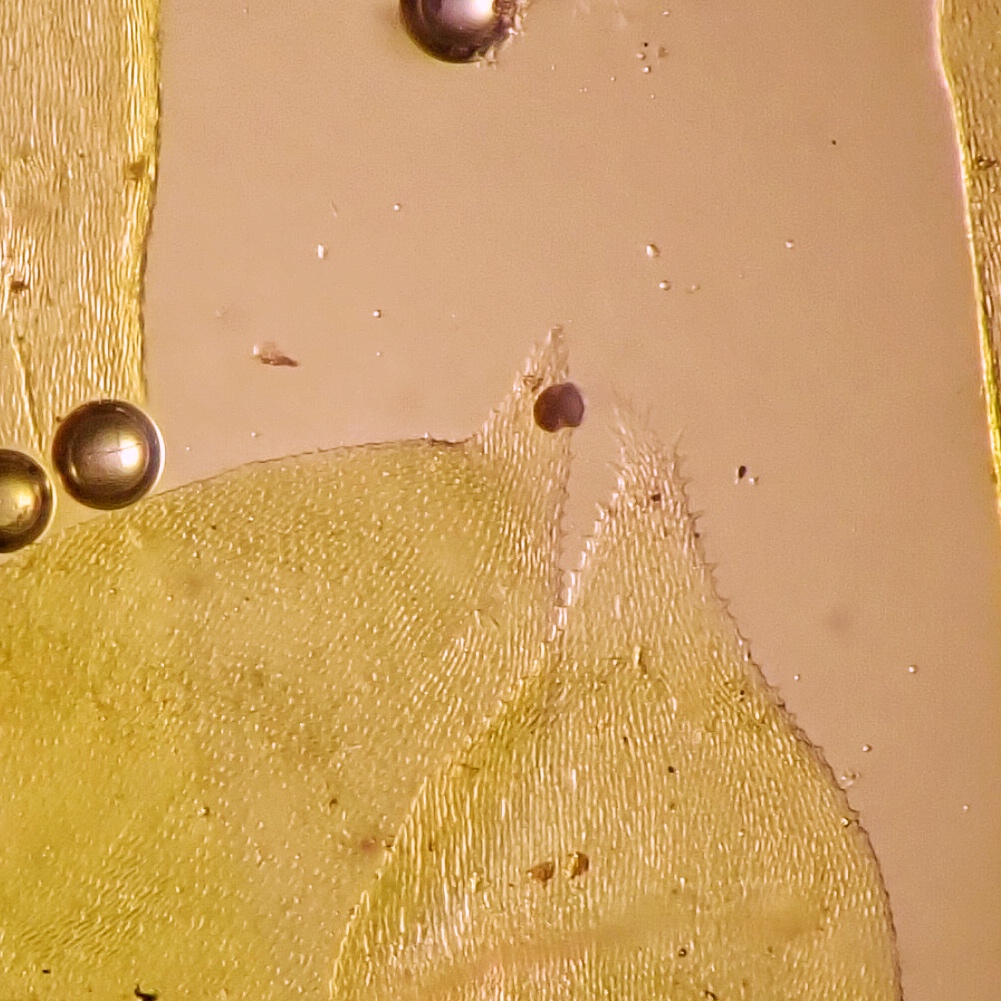
1 thought on “Neckera douglasii”